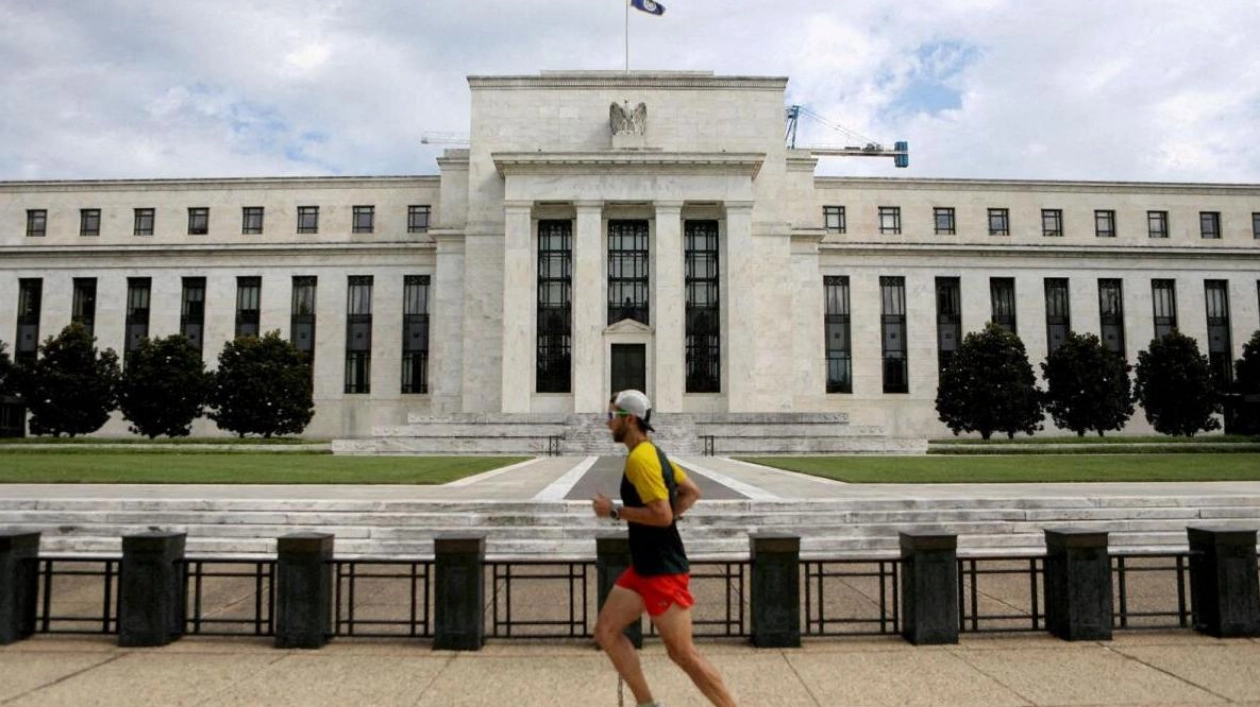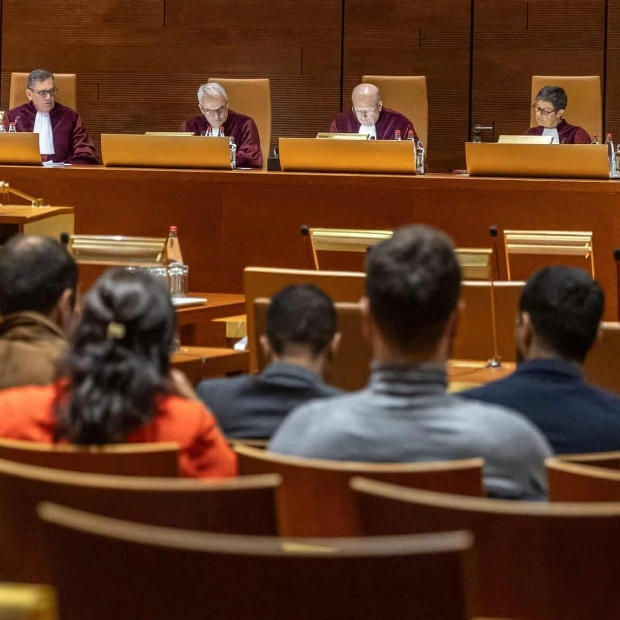Just two and a half months ago, the majority of US central bankers did not foresee a reduction in interest rates at their September 17-18 meeting. However, by the end of last month, following Federal Reserve Chair Jerome Powell's announcement that it was time to reduce borrowing costs, nearly all his colleagues concurred. This shift was largely due to a convergence of data pointing in one direction, prompting Fed policymakers to reconsider various risks, such as sustained inflation, labor market fragility, deteriorating business or household financial conditions, potential policy errors, or a mix of these factors.
"It's not a single factor that influences everyone's decision. Different individuals focus on various data, indicators, and risks, yet they all arrive at the same conclusion," explained Kristin Forbes, an economics professor at MIT's Sloan School of Management and a former member of the Bank of England's policy-setting committee. Speaking at the Kansas City Fed's annual economic symposium in Jackson Hole, Wyoming, Forbes noted that a skilled Fed Chair can unite these diverse perspectives to achieve desired outcomes by appealing to different motivations.
Several Fed policymakers remain undecided, with their support for easing policy contingent on further indications of inflation deceleration or labor market weakness. However, for the majority of Fed policymakers, a rate reduction following a strenuous battle against inflation is almost certain this month. The magnitude of this move—whether a standard quarter-percentage-point cut or a larger half-percentage-point reduction—will be influenced by incoming data and existing analyses.
Fed policymakers have not declared victory over the high inflation rates seen two years ago, but they do observe a cooling of price pressures, with monthly inflation rates slowing over the past three months to below the Fed's 2 percent target. "I am more confident that the trend is evident," stated Boston Fed President Susan Collins. Collins also perceives the labor market as robust and advocates for a gradual, methodical approach to rate reductions.
Her perspective—a growing belief in diminishing inflation and minimal concern over slowing job growth—is shared by other policymakers, including Philadelphia Fed President Patrick Harker, who supports a "methodical" pace for rate cuts, starting with 25 basis points. San Francisco Fed President Mary Daly, a labor economist, also sees easing price pressures but remains vigilant about employment risks.
Richmond Fed President Thomas Barkin describes the current labor market as operating in a "low-hiring, low-firing mode," which he believes is unlikely to persist. Fed Governor Adriana Kugler suggests that the tipping point for job openings per job seeker may have already been reached, potentially leading to a rise in unemployment. This view is closely monitored by Fed Governor Christopher Waller.
Atlanta Fed President Raphael Bostic initially anticipated only one rate cut this year, likely in the fourth quarter. However, he now supports earlier rate cuts due to faster-than-expected inflation declines and concerns from business leaders about job market damage. Bostic plans to continue engaging with local contacts to gauge the real-world impact of economic trends.
Chicago Fed President Austan Goolsbee argues for rate cuts based on the narrowing gap between the Fed's targeted inflation measure and its policy rate, which he believes could be excessively restrictive if the economy is not overheating. This perspective is reinforced by indications that the job market is cooling across various metrics.






